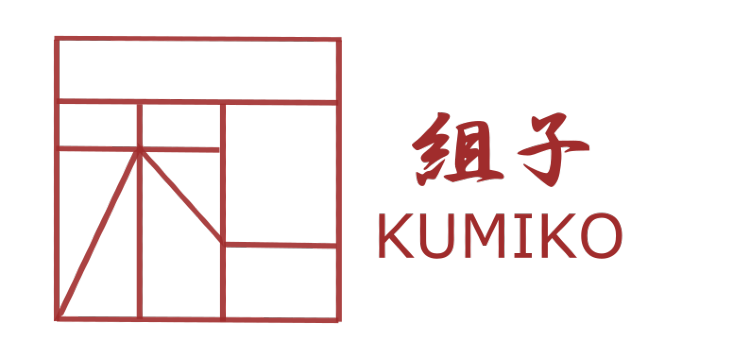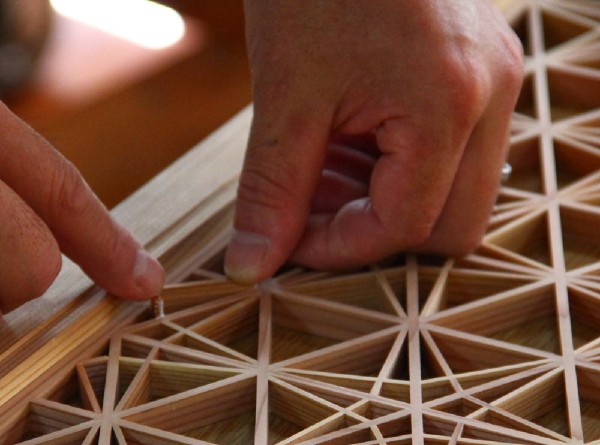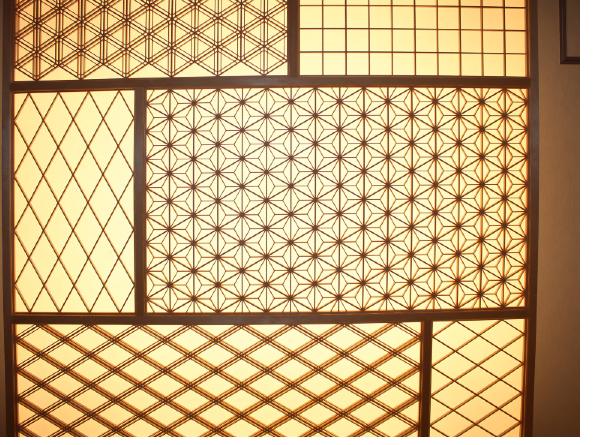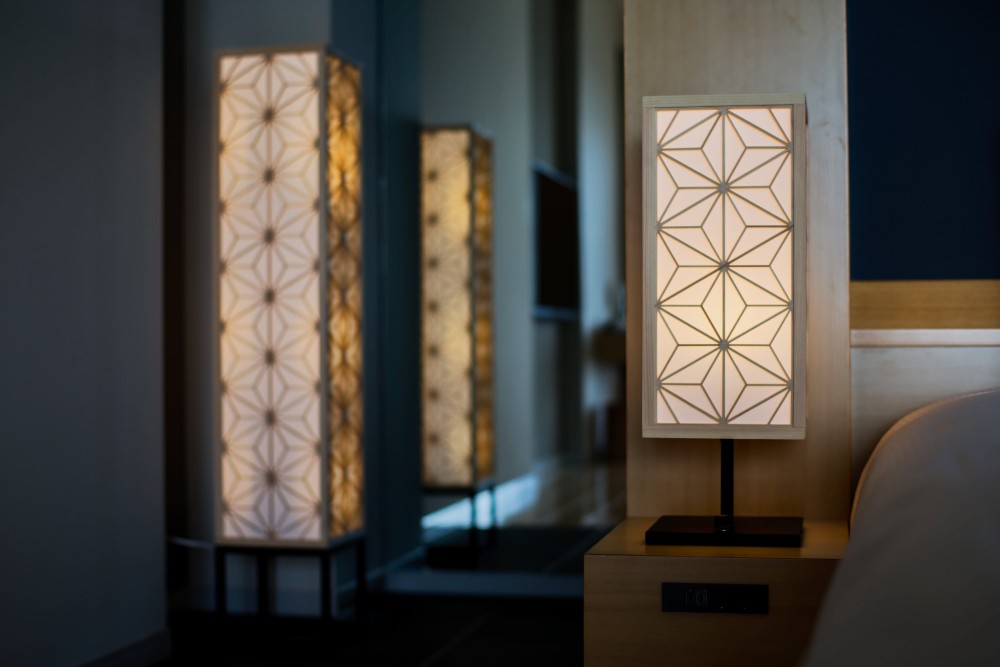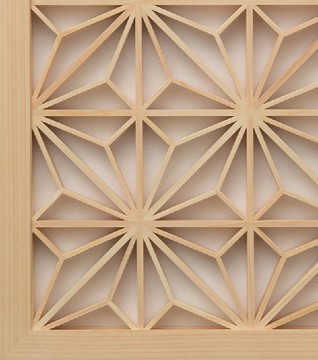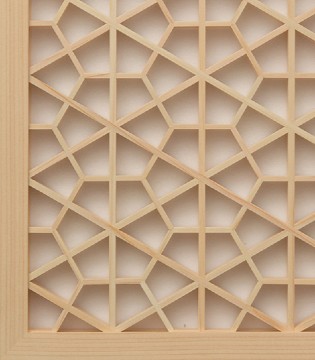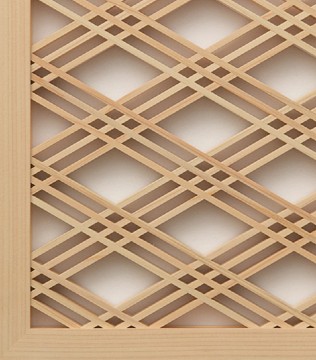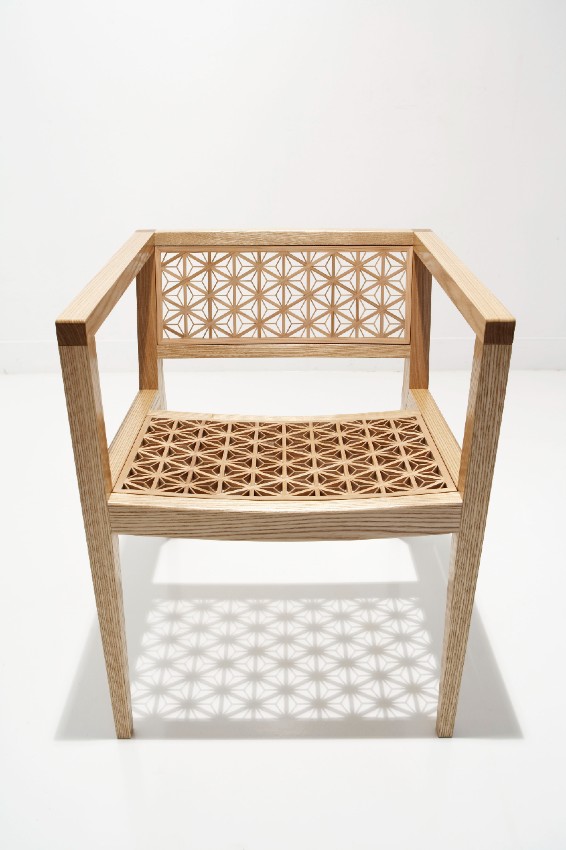Kumiko is a delicate and sophisticated technique of assembling wooden pieces without the use of nails. Thinly slit wooden pieces are grooved, punched and mortised, and then fitted individually using a plane, saw, chisel and other tools to make fine adjustments.
Each pattern has its own meaning, and people in Japan have loved them since ancient times as a reminder of important things such as good health and good relationships. Kumiko-patterned shoji in particular is a beautiful item that architects around the world have started to pay attention to with a view to creating luxurious spaces.
![]()
AUTHENTIC JAPANESE INTERIORS CREATED IN AUSTRALIA BY NAGOMI DESIGN
info@nagomidesign.com.au
Melbourne VIC Australia
Mon - Fri 930- 1630



